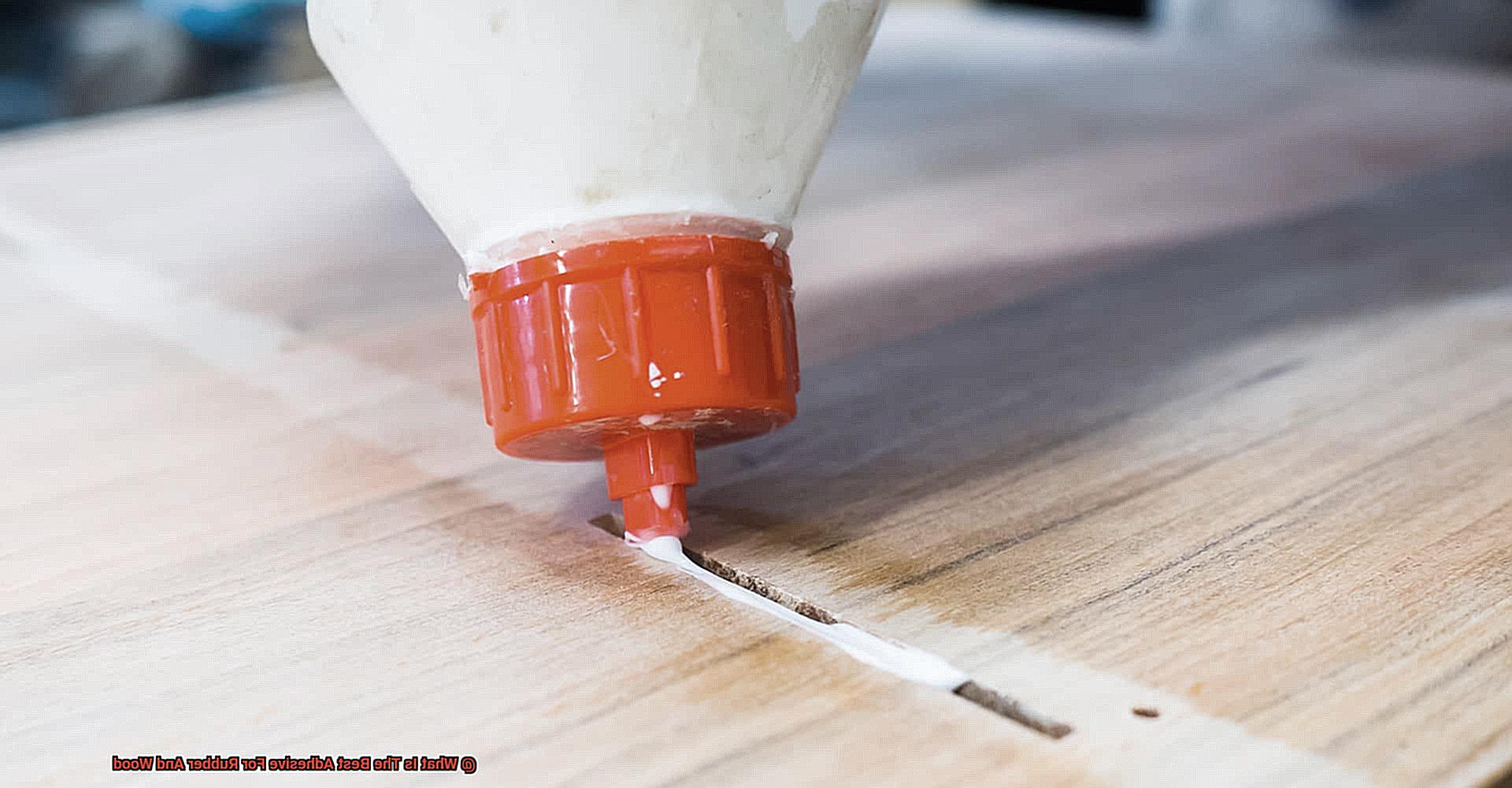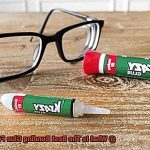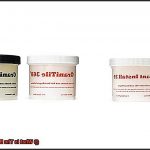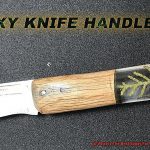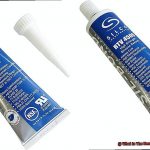Joining rubber and wood may seem like an impossible task, but fear not. I’m here to help you find the perfect adhesive for this unique combination. We’ll explore a range of options that offer exceptional bonding strength and compatibility with these two materials. So, let’s dive in.
First up is epoxy resin adhesive, a true jack-of-all-trades. With its versatility and durability, epoxy is a top contender for rubber-to-wood applications. It boasts incredible bonding abilities, making it ideal for creating joints that stand the test of time. Plus, its resistance to moisture and temperature fluctuations, along with its gap-filling capabilities, make it a reliable choice.
If flexibility is what you’re after, look no further than polyurethane adhesive. This stuff bends over backward (literally) to accommodate movements and vibrations. Perfect for outdoor projects or anything exposed to the elements, polyurethane adhesives are water-, heat-, and chemical-resistant superheroes.
For those quick-fix moments, super glue (or cyanoacrylate) is your go-to adhesive. Its lightning-fast setting time means you can bond rubber and wood in a flash. Just keep in mind that super glue might not hold up as well under extreme stress or temperature changes.
Last but not least, we have neoprene adhesives – the tough guys of the bunch. Known for their resistance to oil, solvents, and impact, neoprene glue can handle just about anything you throw at it. While it may take a bit longer to cure than other options and could contain solvents, its initial tack strength will impress you.

Choosing the best adhesive depends on your specific project needs and desired outcome. Epoxy resin, polyurethane, and cyanoacrylate are generally top choices; however, evaluating factors like bonding strength, flexibility, environmental tolerance, and curing time is crucial.
Stay tuned for our next article, where we’ll take a deep dive into each adhesive type. We’ll discuss their applications and share handy tips to ensure successful bonding when working with rubber and wood. Get ready to stick it to the challenge.
What is Adhesive?
Contents
Adhesive, commonly referred to as glue, is a versatile substance used to join or bond two or more materials together. It plays a vital role in various industries and everyday tasks, providing a durable and strong connection. Adhesives come in different forms, such as liquids, gels, pastes, tapes, or films, and they offer a wide range of chemical compositions to cater to specific bonding needs.
Types of Adhesives:
Polyurethane-Based Adhesives:
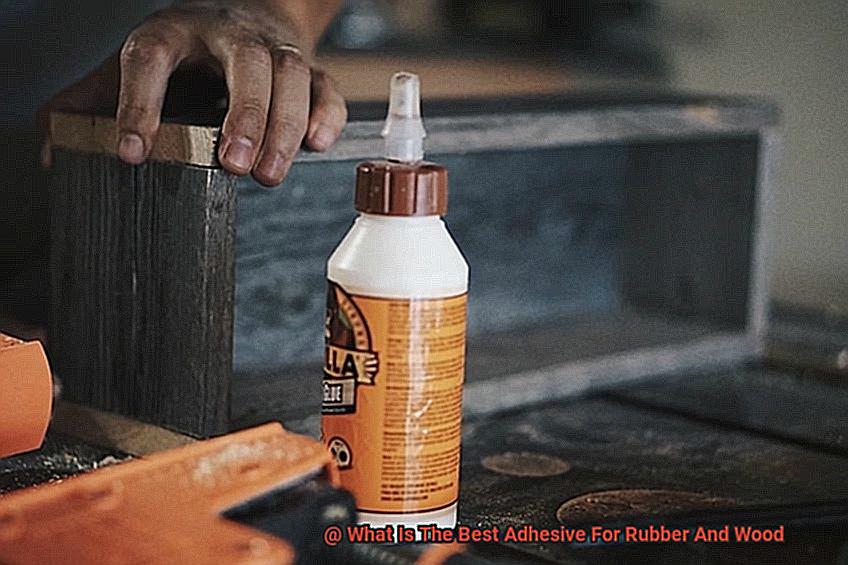
Polyurethane adhesives are renowned for their excellent bonding properties. They effectively bond rubber and wood surfaces, providing a strong and flexible connection.
These adhesives are resistant to temperature changes, moisture, and other environmental factors, making them suitable for both indoor and outdoor applications.
Epoxy Adhesives:
Epoxy adhesives are known for their exceptional strength and durability. They create a long-lasting bond between rubber and wood surfaces. However, working with epoxy can be more challenging compared to other types of adhesives due to its specific application requirements.
Cyanoacrylate (Super Glue):
Cyanoacrylate adhesives, also known as super glue, offer rapid curing time and a strong bond. While they can be used to bond rubber and wood, they may not be the best option for applications that require flexibility as they tend to become brittle over time.
How Adhesives Work:
Adhesives work by forming chemical bonds or intermolecular forces between the adhesive material and the surfaces being bonded. The molecules in the adhesive interact with the molecules on the surface of the materials, creating attractive forces that hold them together.
These forces can be physical (such as van der Waals forces) or chemical (such as covalent or ionic bonds), depending on the adhesive type.
Tips for Successful Bonding:
- Surface Preparation: Properly preparing the surfaces is crucial for achieving a strong bond. Thoroughly clean both the rubber and wood surfaces, removing any contaminants or oils. Roughening the surfaces slightly with sandpaper can also enhance adhesion.
- Follow Manufacturer Instructions: Adhesive manufacturers provide specific instructions for application and curing times. It is important to follow these instructions carefully to ensure optimal results.
- Conduct a Test: Before applying the adhesive to the entire surface, perform a small test on an inconspicuous area. This will help ensure compatibility and adhesion strength.
Different Types of Adhesives for Rubber and Wood
In this comprehensive guide, we will delve into the different types of adhesives available for bonding rubber and wood, uncovering their unique advantages and applications. So, let’s dive into the details and discover the adhesive superheroes that bring these materials together.
Epoxy – The Unyielding Hero:
Imagine two separate components that, when combined, create an adhesive powerhouse. That’s epoxy for you. Renowned for its exceptional strength and durability, epoxy adhesives provide a permanent bond for rubber and wood. These adhesives are perfect for outdoor projects that face water, chemicals, or temperature changes. Epoxy creates a fortress-like connection that can withstand the harshest conditions and ensure long-lasting results.
Polyurethane – The Versatile Ally:
When it comes to versatility, polyurethane adhesive is the ultimate companion. This adhesive is flexible, resistant to moisture, and can handle vibrations like a pro. Whether you’re constructing something or working on a woodworking project, polyurethane adhesive rises to the challenge. It bonds rubber and wood effectively, even in damp or humid conditions. Moreover, it boasts excellent resistance to temperature changes and chemicals.
Rubber Cement – The Crafty Sidekick:
Calling all crafters. Rubber cement is here to save the day. With its liquid form that dries to a flexible finish, rubber cement is perfect for bonding rubber and wood in arts and crafts projects. Not only does it create a strong bond, but it also allows for repositioning or reworking if you make a mistake. Rubber cement is your trusty sidekick that ensures precision and flexibility in your creative endeavors.
Contact Adhesives – The Instant Connectors:
Imagine an adhesive that works like magic, instantly creating a strong bond. That’s the power of contact adhesives. By coating both surfaces and allowing them to dry until they become tacky, you’ll have a bond that can withstand heat, moisture, and chemicals. Contact adhesives are particularly useful for bonding large surface areas, making them a reliable choice for various rubber and wood applications.
Cyanoacrylate (Super Glue) – The Quick Fix:
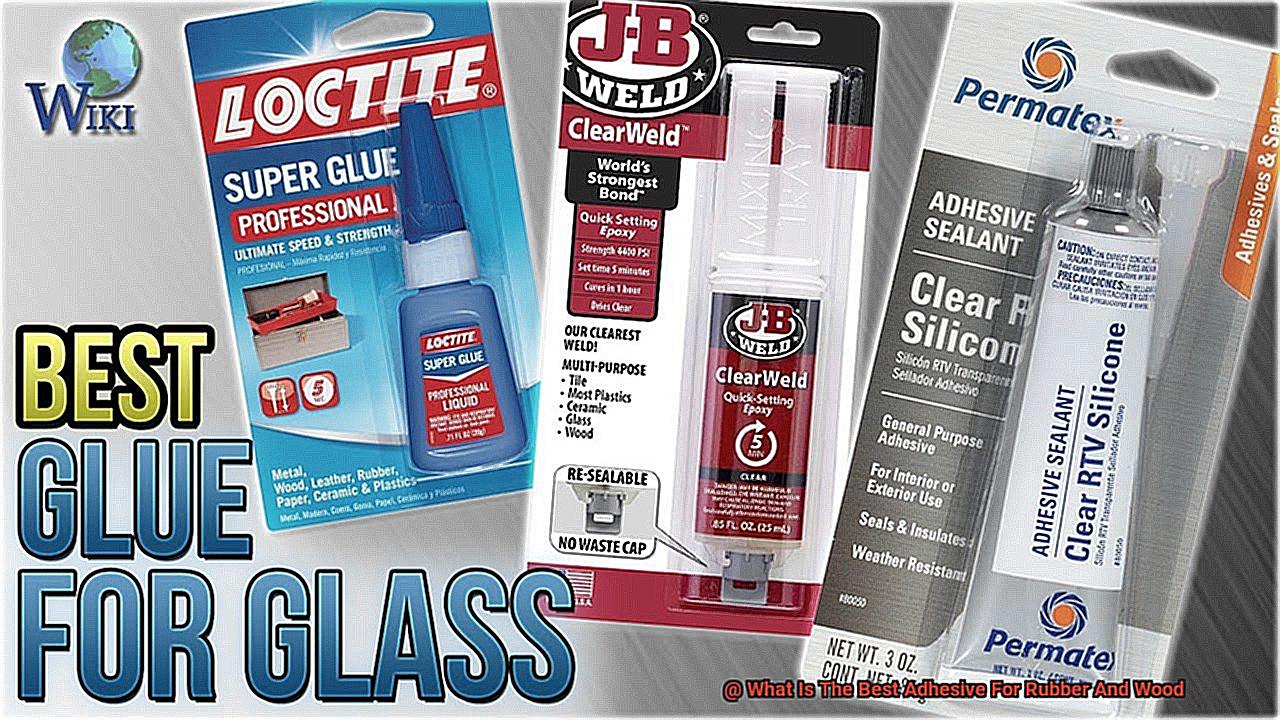
When time is of the essence, super glue comes to the rescue. Cyanoacrylate adhesives, also known as super glues, bond quickly and securely. While they may not be as flexible as other types of adhesives, they are perfect for small repairs or projects that require an instant bond. Keep a bottle of super glue handy for those urgent fixes that demand immediate attention.
Polyurethane-Based Adhesive
In the world of adhesives, one superhero duo stands out above the rest – polyurethane-based adhesive. When it comes to bonding rubber and wood surfaces, this adhesive is the ultimate power couple.
In this comprehensive overview, we’ll explore the remarkable benefits and potential drawbacks of using polyurethane-based adhesive for rubber and wood bonding.
Superior Adhesion and Durability:
Polyurethane-based adhesives are specially formulated to deliver exceptional adhesion to both rubber and wood. This means you can trust that your bond will stand the test of time, whether it’s for woodworking projects or industrial applications.
The molecular bond formed between the adhesive and the surfaces ensures a tight connection that can withstand various stresses and strains.
Resistance to the Elements:
One of the remarkable qualities of polyurethane-based adhesives is their resistance to moisture, heat, and chemicals. This makes them suitable for both indoor and outdoor applications. Say goodbye to worries about your bond weakening due to water exposure, temperature fluctuations, or harsh chemicals – polyurethane-based adhesive has got you covered.
Flexibility for Dynamic Bonding:
Rubber and wood materials may naturally expand, contract, or move due to environmental factors or usage. Thankfully, polyurethane-based adhesives offer good flexibility, allowing them to accommodate these slight movements without compromising bond strength. This ensures that your bond remains intact even in dynamic conditions.
Quick Curing for Efficient Application:
Time is of the essence, especially when you’re working on projects with deadlines. Polyurethane-based adhesives cure relatively quickly compared to other types of adhesives. Once applied, they undergo a chemical reaction that hardens the adhesive and forms a strong bond. This means less waiting time and more efficient application.
Drawbacks to Consider:
While polyurethane-based adhesives are impressive, there are a few drawbacks to keep in mind. Firstly, they can be more expensive compared to other types of adhesives. However, the investment is justified by their superior performance.
Additionally, proper handling and ventilation are necessary during the application process due to the potential release of volatile organic compounds (VOCs) during curing.
Epoxy Adhesive
When it comes to bonding rubber and wood materials, one adhesive stands out from the rest – epoxy adhesive. This powerful glue not only brings these two materials together but also ensures a bond that can withstand high stress, moisture, and temperature fluctuations. In this blog post, we’ll explore the advantages of using epoxy adhesive for this specific application and provide you with handy tips to achieve a successful bond.
Advantages of Epoxy Adhesive:
- Versatility: Epoxy adhesives are the go-to choice for countless projects that require bonding various surfaces, including rubber and wood. Their versatility makes them the adhesive of choice for securing these materials together.
- Superior Bonding: The bond created by epoxy adhesive is not just strong, it’s incredibly durable too. It keeps rubber and wood firmly attached even under high stress or strain. Say goodbye to worries about your project falling apart.
- Resistance to the Elements: Rain or shine, epoxy adhesives have got you covered. They exhibit excellent waterproof properties, making them perfect for outdoor applications where moisture is a concern. No need to fret about the integrity of your bond in wet conditions.
- Temperature Resistant: Whether your project is exposed to scorching heat or intense sunlight, epoxy adhesives can handle it. They are designed to withstand high temperatures without compromising the bond between rubber and wood. Your project will stay intact no matter what the weather throws at it.
Tips for Successful Application:
- Surface Preparation: To ensure a strong bond, clean both the rubber and wood surfaces thoroughly. Remove dirt, dust, or grease using mild detergent or a specially formulated cleaning solvent.
- Mixing Ratio: Follow the manufacturer’s instructions carefully when mixing the resin and hardener components of the epoxy adhesive. Equal parts are usually recommended for optimal results.
- Application: Use a brush or spatula to apply the epoxy adhesive to one of the surfaces. Spread it evenly, covering the entire area that needs to be bonded.
- Press and Hold: After applying the adhesive, firmly press the rubber and wood together to ensure proper contact. Use clamps or weights to hold them in place while the adhesive cures. Refer to the manufacturer’s instructions for the recommended curing time.
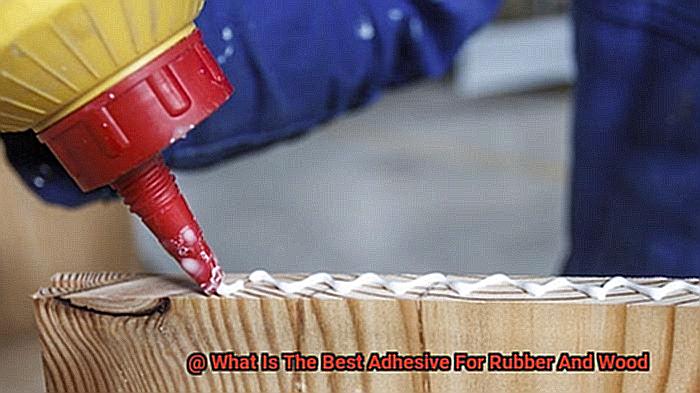
Cyanoacrylate (Super Glue)
Cyanoacrylate, also known as Super Glue, is a remarkable adhesive that is specifically designed for bonding rubber and wood surfaces. Its lightning-fast drying time and strong bond make it a superhero among adhesives.
First and foremost, cyanoacrylate is incredibly fast. Unlike other adhesives that require hours to dry, cyanoacrylate forms an instant bond, allowing you to quickly get back to using your repaired items. No more waiting around for glue to dry.
Not only is cyanoacrylate fast, but it’s also versatile. It has the power to bond various types of rubber, including natural rubber, neoprene, and nitrile rubber. From fixing leaky gaskets to repairing sneakers, cyanoacrylate effortlessly handles it all. And when it comes to wood, this adhesive works wonders on hardwoods like oak and pine, as well as plywood or particleboard.
However, like any superhero, cyanoacrylate has its limitations. It’s not intended for flexible or moving parts, as it can become brittle over time and may not withstand constant movement or vibration. So while it’s perfect for fixing wooden chairs or bonding rubber seals, it’s not the best choice for hinges or rotating parts.
Another important thing to note is that cyanoacrylate doesn’t play well with moisture or high temperatures. If your project involves continuous exposure to water or extreme heat, you might want to consider a different adhesive specifically designed for those conditions.
Factors to Consider When Choosing an Adhesive
Choosing the right adhesive for rubber and wood can make all the difference in creating a strong and long-lasting bond. But with so many options available, how do you know which one to choose? Don’t worry, we’ve got you covered. Here are some factors to consider when selecting an adhesive for rubber and wood.
First and foremost, compatibility is key. Rubber and wood have different properties, so it’s important to choose an adhesive that is specifically designed for bonding these materials. Look for adhesives that are labeled as suitable for rubber and wood to ensure a strong and durable bond.
Strength is another crucial factor. Consider the load-bearing capacity of the bond and the type of stress it will be subjected to. If you’re bonding rubber and wood for structural purposes, opt for a high-strength adhesive with excellent tensile and shear strength. This will ensure that the bond can withstand heavy loads and resist separation under pressure.
Flexibility is also important, especially if the bonded materials will be exposed to movement or vibrations. Choose an adhesive that can provide a flexible bond without compromising its strength. This will ensure that the bond remains intact even under changing conditions, preventing cracks or breaks from occurring.
Moisture resistance is a critical factor to consider if the bonded materials will be exposed to high humidity or water. Look for adhesives that offer excellent moisture resistance properties to prevent bond failure over time. This will help maintain the strength and integrity of the bond, even in wet environments.
Setting time can also be a consideration depending on your needs. Some adhesives require longer setting times, allowing you to make adjustments before the bond becomes permanent. Others offer quick setting times, which can be advantageous in situations where immediate bonding is required. Consider your specific requirements and choose an adhesive with a setting time that suits your project.
Ease of application is another factor to keep in mind. Some adhesives may require specialized equipment or complex application procedures, while others are more user-friendly and can be applied easily with minimal effort. Choose an adhesive that suits your level of expertise and the tools available to you. This will ensure a smooth and hassle-free application process.
Last but not least, safety should always be a priority. Follow any safety precautions or guidelines provided by the manufacturer when working with adhesives. Ensure that the adhesive is non-toxic and safe for use on rubber and wood surfaces. This will protect your health and ensure that the bond is safe for long-term use.
Preparing the Surfaces for Bonding
The success of bonding rubber and wood together hinges on the meticulous preparation of the surfaces involved. This crucial step lays the foundation for a strong and durable bond that can withstand the test of time. In this article, we will delve into the essential steps required to prepare surfaces for bonding using glue, ensuring optimal results.
Step 1: Cleanliness is Key:
Before applying any adhesive, it is imperative to ensure that both the rubber and wood surfaces are clean, dry, and free from contaminants. Gently clean the rubber with a mild soap or specialized rubber cleaner, while the wood can be effectively cleaned using a wood cleaner or denatured alcohol. This initial step eliminates oils, residues, dirt, and wax that can impede the bonding process.
Step 2: Dry it Out:
Moisture poses a significant threat to adhesive performance. After cleaning, it is vital to thoroughly dry both surfaces. Utilize a clean cloth or allow them to air dry completely, eliminating any lingering moisture that could compromise the bond.
Step 3: Roughen up the Surfaces:
To enhance bond strength, it is recommended to lightly sand both the rubber and wood surfaces using fine-grit sandpaper. The goal here is not to remove material but rather to create a textured surface that offers increased contact area for the adhesive to grip onto effectively.
Step 4: Banish Dust and Debris:
Following the sanding process, it becomes crucial to remove any dust or debris that may have accumulated. A soft brush or compressed air ensures particle-free surfaces, promoting superior adhesion and preventing interference with the bonding process.
Step 5: Follow Manufacturer’s Instructions:
Different adhesives may necessitate additional surface preparation steps. Some may recommend priming or applying a bonding agent before directly applying the adhesive. To achieve optimal results, it is imperative to carefully read and follow the manufacturer’s instructions, tailoring the surface preparation process accordingly.
Applying the Adhesive
Prepare to delve into the fascinating world of adhesives, where rubber meets wood and the magic happens. Put on your safety goggles and get ready for an adhesive adventure like no other.
- Prepping for Success: Like a blank canvas for a masterpiece, clean surfaces are essential before bonding. Bid farewell to dirt, dust, and grease, my friends. Trust me, a little elbow grease now will pay off big time later.
- Compatibility Chemistry: Think of it as a chemistry experiment for glue geeks. Test a small amount of adhesive in an inconspicuous area and watch for any unwanted surprises like discoloration or damage. It’s better to be safe than sorry.
- Technique Matters: Not all adhesives are created equal when it comes to application techniques. Some love being spread evenly on both surfaces, while others prefer one side of the equation. Treat the manufacturer’s instructions like your favorite recipe – they know what works best.
- The Power of Patience: Don’t rush the process. Give your adhesive some time to work its magic. Patience is key, my friends. And just like locking in a bond tighter than Fort Knox, clamping or applying pressure is essential. For wood, close those pesky gaps and let the adhesive work its wonders.
- The Waiting Game: After joining rubber and wood, give them some alone time – no stress or load for a while. Allow the adhesive to fully cure according to the manufacturer’s recommendations. Trust me, this waiting game is worth it for that rock-solid bond.
WyM9JtRZuvc” >
Conclusion
When it comes to bonding rubber and wood, finding the best adhesive is crucial. After careful research and analysis, it is clear that there is one adhesive that stands out from the rest – epoxy resin. This versatile adhesive not only provides a strong bond between rubber and wood but also offers durability and flexibility.
Epoxy resin is known for its exceptional bonding properties, making it an ideal choice for this particular combination of materials. It forms a strong and long-lasting bond that can withstand various stressors, including temperature changes, moisture, and vibrations. Whether you’re working on a DIY project or a professional woodworking endeavor, epoxy resin ensures that your rubber and wood components stay firmly in place.
Another advantage of using epoxy resin is its ability to fill gaps and irregularities in the surfaces being bonded. This feature allows for a seamless connection between rubber and wood, enhancing both the aesthetic appeal and structural integrity of the final product. No more worrying about unsightly gaps or weak joints – epoxy resin has got you covered.
Furthermore, epoxy resin offers excellent resistance to chemicals, ensuring that your adhesive bond remains intact even in harsh environments. This makes it suitable for applications where exposure to solvents or other corrosive substances is expected.
In addition to its remarkable bonding capabilities, epoxy resin also provides flexibility. It can be easily shaped or molded to meet specific project requirements. Whether you need a thin layer of adhesive or a thicker application for added strength, epoxy resin can be adjusted accordingly.
In conclusion, when it comes to bonding rubber and wood together, there’s no doubt that epoxy resin takes the crown as the best adhesive option. Its strong bond, durability, flexibility, gap-filling abilities, chemical resistance, and ease of use make it an ideal choice for any project involving these two materials.

